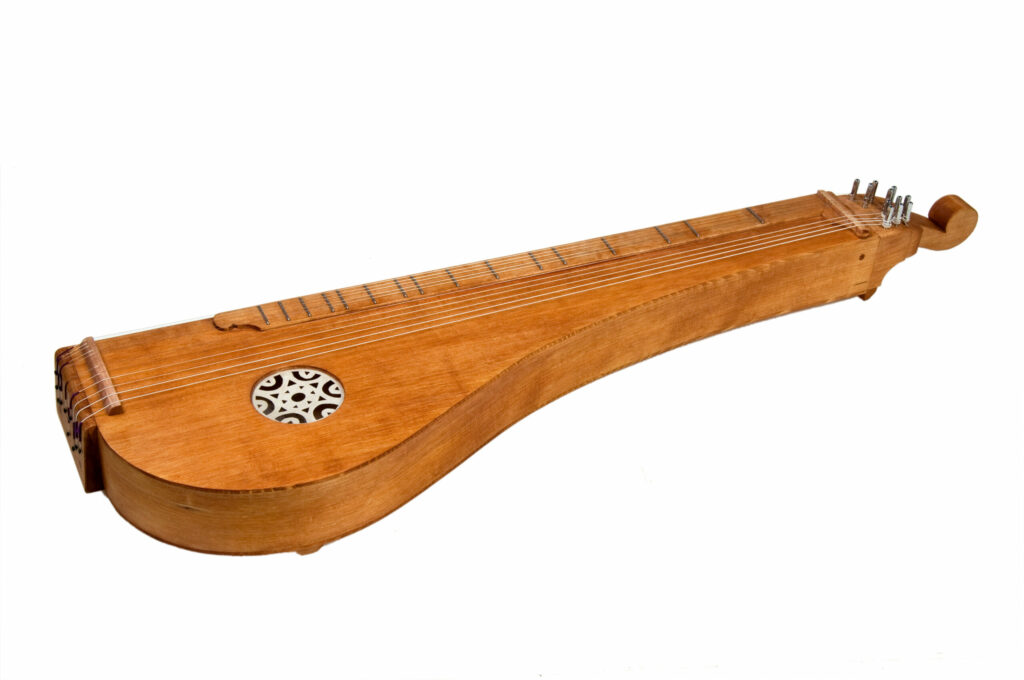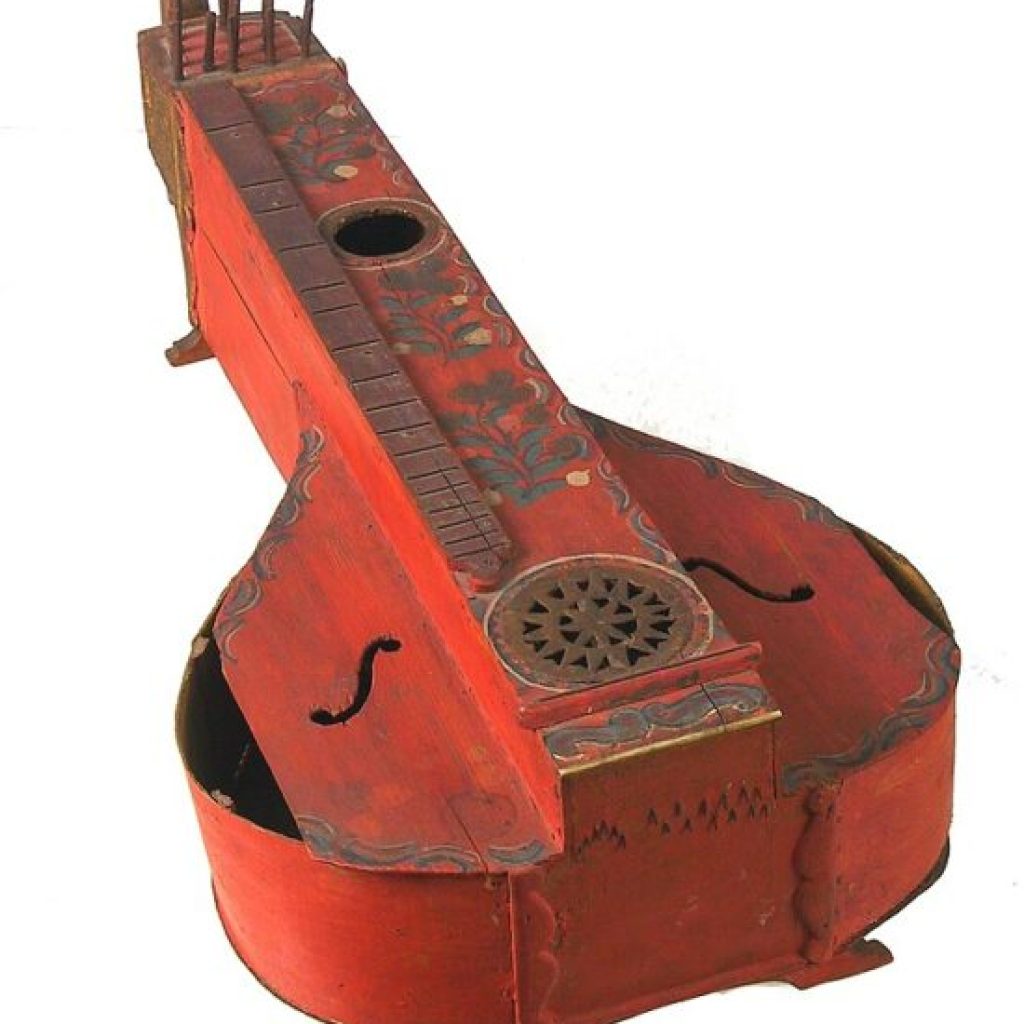The Hummel
The hummel is a member of the string instrument family.It orignates from Northern Sweden and was invented in the 17th century. It is sometimes referred to as the hommel or humle.

Musik- och teatermuseet, CC BY-SA 3.0, via Wikimedia Commons



